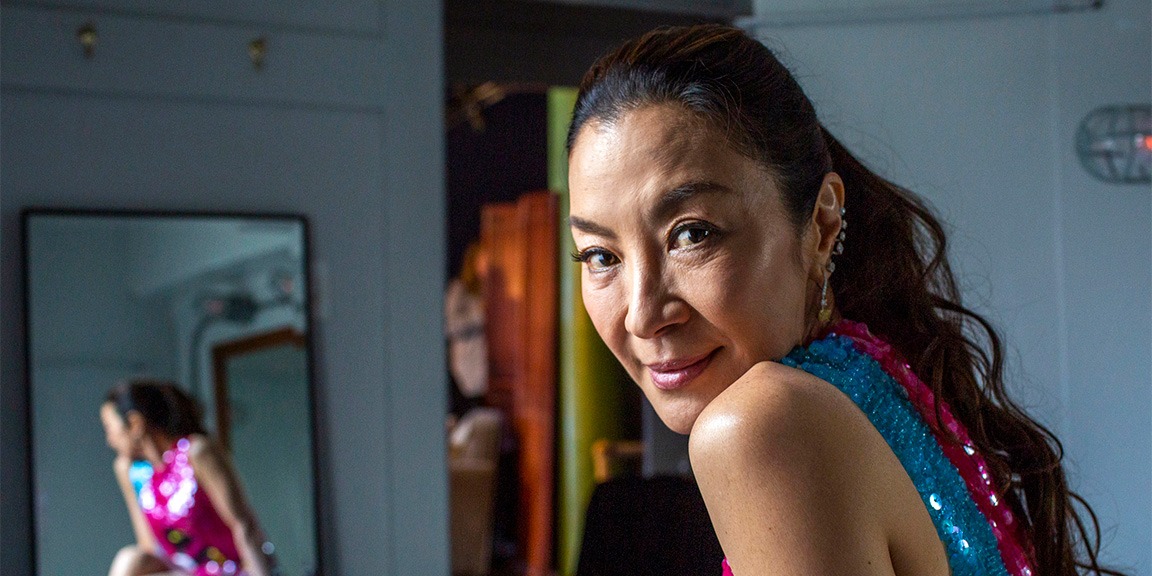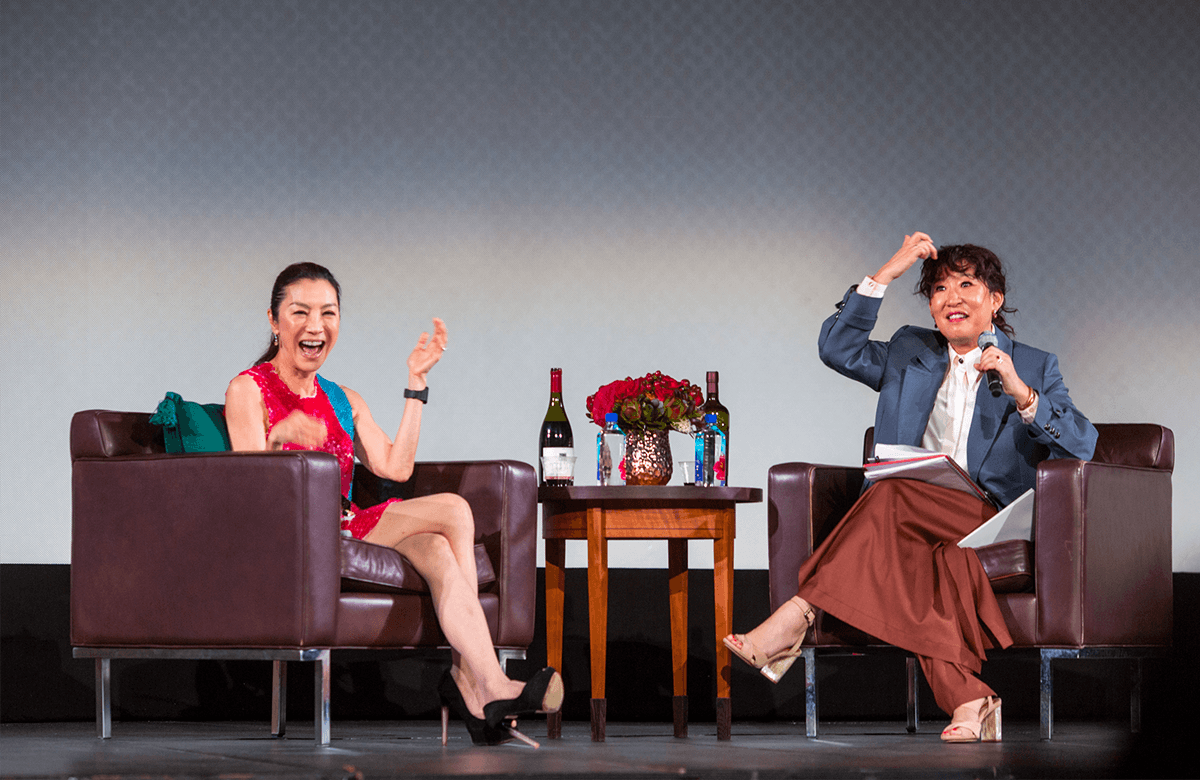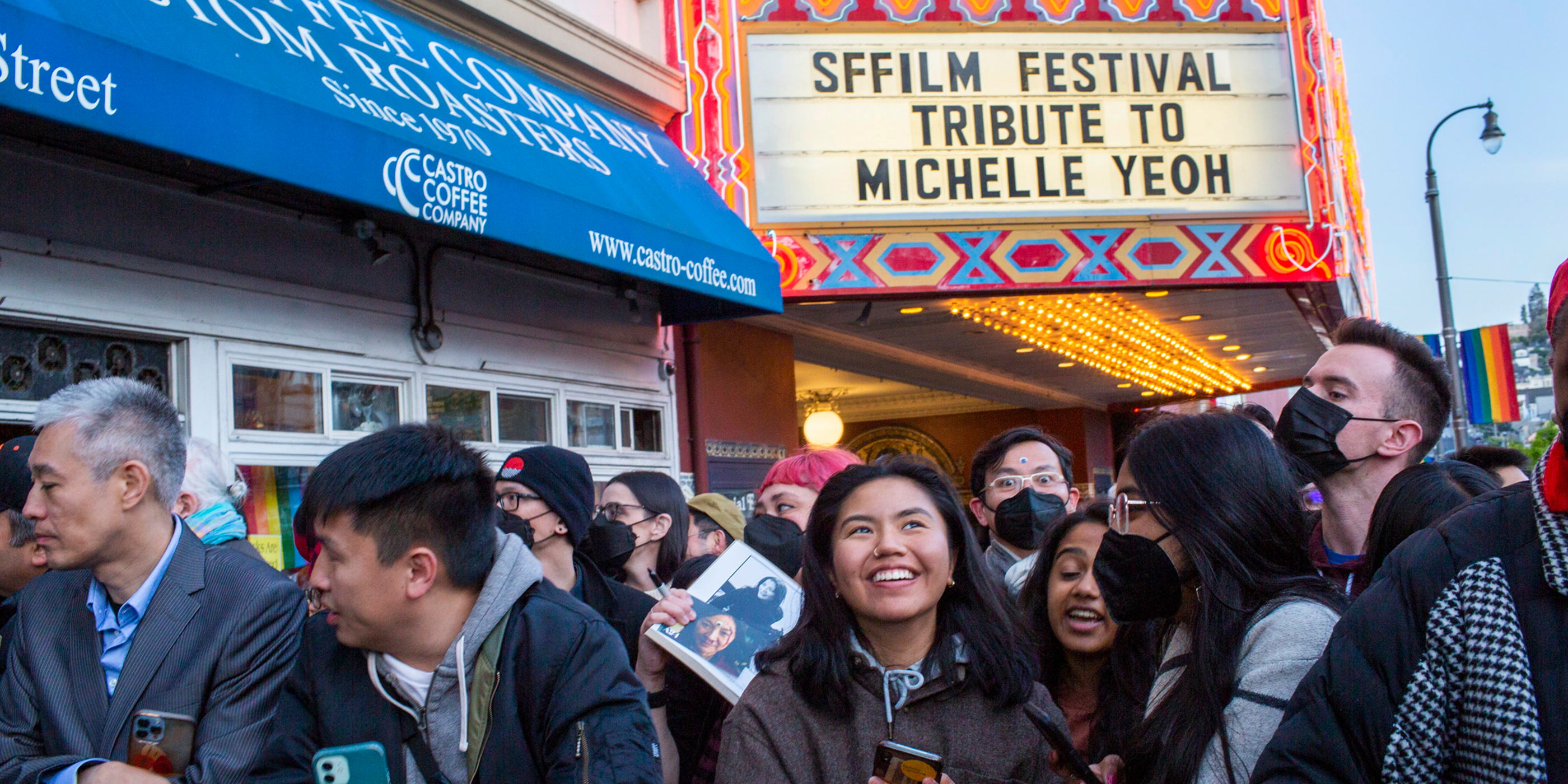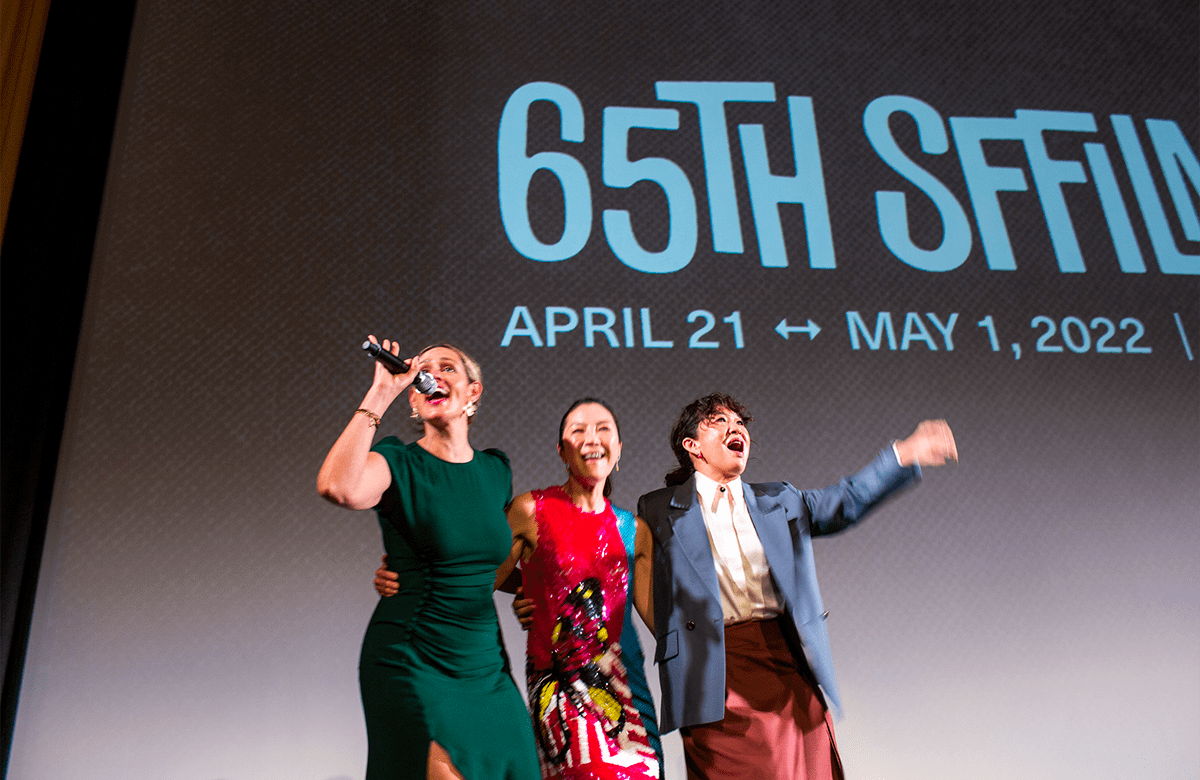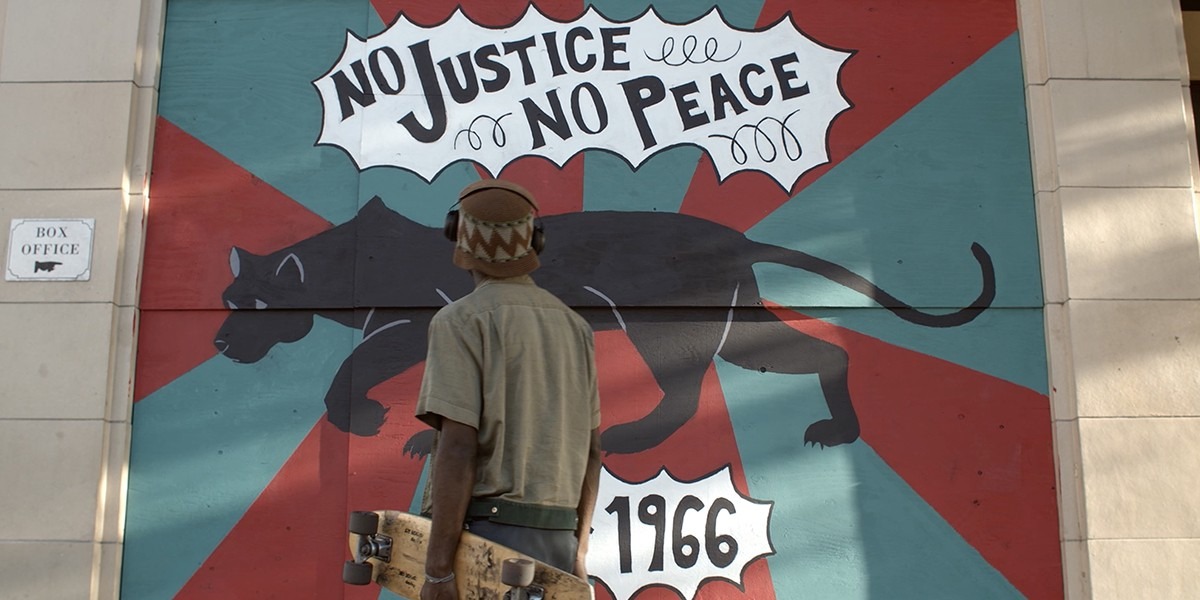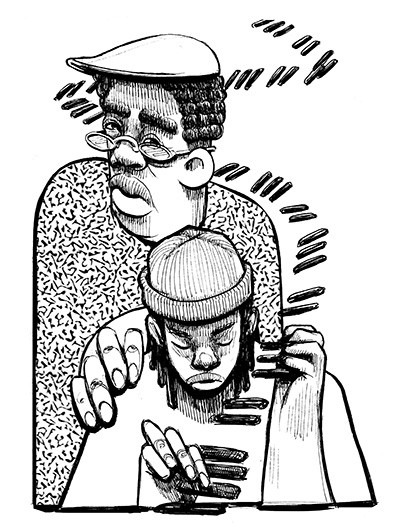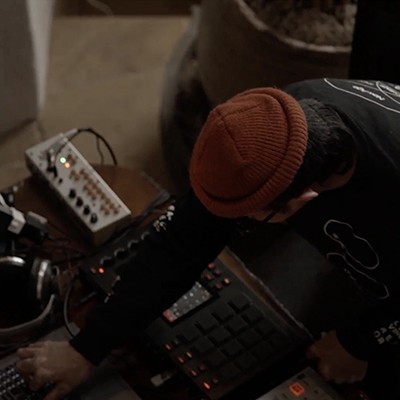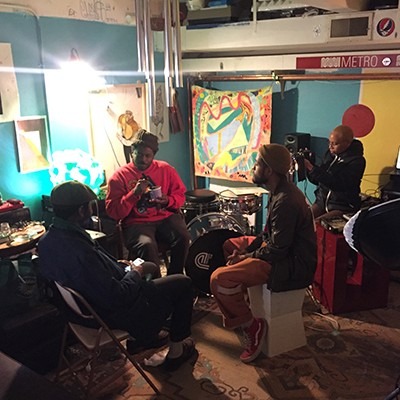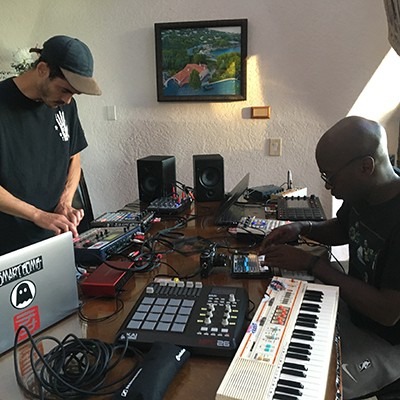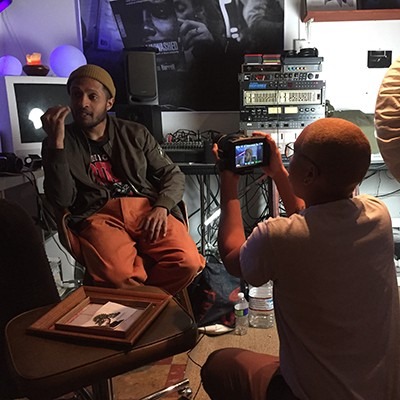Most of us have heard the phrase, “And the Oscar goes to…” whether we were practicing our fantasy acceptance speech in front of the bathroom mirror, or were gathered with friends and family around a television watching the annual celebration of Hollywood’s most glamorous event. Have you ever wondered why we all feel some curiosity about “The Academy?” Here’s Anne Lai to tell you a little bit about how the Oscars work, why it is important to the film industry, and why it is also a lot of fun!
It Started at the Local Movie Theater
In my career, there were two moments that validated to my parents that I was officially working in the movies. The first time was when my name appeared in the end credits of a feature film playing at a local movie house. The second time was an invitation from the Academy of Motion Pictures Arts & Sciences to become a member nearly three decades into my career. And, I must say, both of these moments had me feeling a swell of pride and accomplishment, as well.
I grew up in southwest Ohio, and an excursion out to the movies was an occasional treat in my family. That meant the multiplex or that one arthouse theater, both of which were a drive through suburbia and crops of corn and soybean fields. Movies were very far away from my everyday life. But, as this year marks 30 years of working in film, I realize how much I thoroughly enjoy the annual ritual known as the Academy Awards telecast.
What is The Academy?
The first Academy Awards (affectionately known as the Oscars) took place as a private dinner in 1929. To this day, the Oscars recognize achievement in excellence in motion pictures, and the honors are bestowed by peers who are members of the Academy of Motion Picture Arts and Sciences. There are just over 10,000 Academy members located around the world with a good amount here in the San Francisco Bay. A member is invited to join after being sponsored by two Academy members and is then voted in by a specific committee made up of current Academy members. (Each Academy member can only sponsor one candidate each year). There are 19 branches that represent different areas of film craft and expertise. The simplest way to understand what branches might exist (although it’s not necessarily a one-to-one correlation) is looking at the Award categories themselves—from Editing to Directing to Producing (i.e. Best Picture) to Film Composing to Visual Effects. The Academy membership embodies so many facets of skill and knowledge and effort that—not surprisingly—mimic what it takes to make a movie from conception, to script, to production, to post production, to distribution, and marketing. Is it any wonder that the telecast of the Academy Awards can hold that element of magic, as well?
Why We Love the Oscars
The Oscars remain a standard bearer of awards shows, and the Academy members I’m privileged to know take their responsibility seriously. (And the glamor is also fun!) Film, at its best, is reflective of ourselves and our world and continues to be a global cultural force. Each of us, whether a movie goer or an Academy member, has our own relationship to and experience with a film. These unique opinions around emotional resonance, satisfaction, admiration, and appreciation define our individual vote for what is “best.” Debating amongst friends about what movie you liked, what you didn’t like, and what got overlooked is part of that wonderful community that includes every person who sees the the same film. I can’t wait to have those final passionate conversations while I watch the envelopes being opened.
SFFILM Supported Films Nominated for Academy Awards
This year, SFFILM is thrilled to celebrate the nominations of films and filmmakers we have supported and honored through our curation and exhibition, artist development, and youth education programs. We are so proud to support the films and filmmakers whose vision ultimately makes it up on screen for all of us to see. I say this from a place of a little bit of awe, with that same sense of anticipation when the lights go down in the movie theater. Filmmaking is not the most romantic and gentle of processes—it’s a miracle that any movie gets made. It takes so much willpower, patience, tenacity, funding, and a truly complex series and volume of nuts and bolts and people power and skill. No one sets out to make a bad film. To make a truly notable one is not an exercise that can be engineered, but becomes an ephemeral piece of art, entertainment, and storytelling that lights up a screen. We are rooting for them this Sunday, and know that it is truly an honor to be nominated.
About The Author
Anne Lai is the Executive Director of SFFILM. Previously, she served as Director of Creative Producing and Artist Support at Sundance Institute, where she focused on discovering and nurturing emerging independent producers, screenwriters, and directors through their first or second feature films. During her tenure there, she worked with over 300 screenwriters, directors, and producers who represented a significant and bold collection of voices and films from early development through production and distribution. Anne began her career at Scott Free, the film and television company founded by Ridley and Tony Scott, serving lastly as Vice President of Production. Anne was born and raised in Dayton, Ohio, attended the University of Michigan, and received her degree in film production from the University of Southern California. She is a member of the Academy Motion Pictures Arts & Sciences.
Stay In Touch With SFFILM
SFFILM is a nonprofit organization whose mission ensures independent voices in film are welcomed, heard, and given the resources to thrive. SFFILM works hard to bring the most exciting films and filmmakers to Bay Area movie lovers. To be the first to know what’s coming sign up for our email alerts and watch your inbox for what’s coming next.









